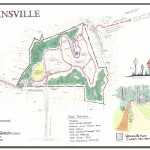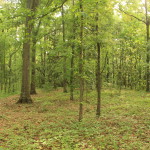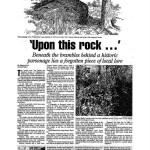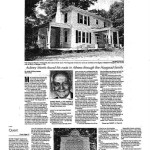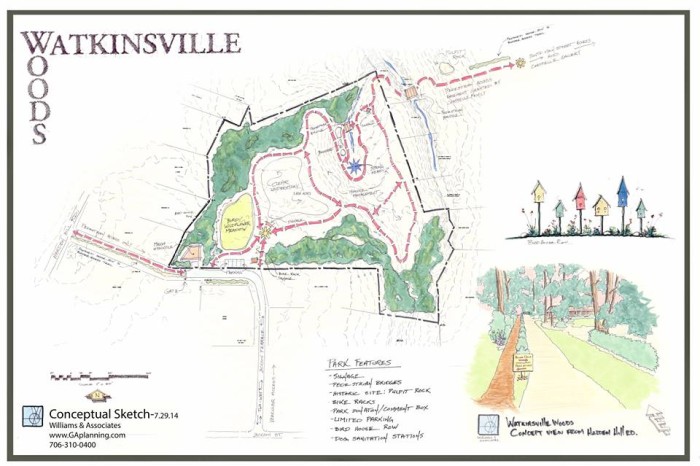 W&A Engineering, in coordination with the City of Watkinsville, has begun the conservation and preservation of an historic landscape that has long been hidden to most all of Watkinsville’s citizen and visitors. The recent discovery of the historic landscape began with the City’s purchase of a 6-acre lot. The lot is wooded with a variety of native plants which will be preserved with additions of walking/running trails and a pocket prairie. The lot, now known as Watkinsville Woods, has been rezoned to Parks, Recreation, and Conservation with vehicular access from Jackson Street and pedestrian access from Harden Hill and South Main Street.
W&A Engineering, in coordination with the City of Watkinsville, has begun the conservation and preservation of an historic landscape that has long been hidden to most all of Watkinsville’s citizen and visitors. The recent discovery of the historic landscape began with the City’s purchase of a 6-acre lot. The lot is wooded with a variety of native plants which will be preserved with additions of walking/running trails and a pocket prairie. The lot, now known as Watkinsville Woods, has been rezoned to Parks, Recreation, and Conservation with vehicular access from Jackson Street and pedestrian access from Harden Hill and South Main Street.
While looking into options for park access from South Main Street, the main artery through Downtown Watkinsville, the Watkinsville Woods design committee met with the owners of the Chappelle Gallery located on South Main Street (zoned South Main Street Scenic Corridor). The owners graciously granted access to Watkinsville Woods via a trail on their property. Their property revealed the well-hidden “Pulpit Rock” which will be incorporated into the Watkinsville Woods project via a trail meandering by Pulpit Rock and eventually linking up with the larger trail system of the Woods.
This historic landscape known as “Pulpit Rock” is significant to the heritage of Watkinsville, the Methodist Church, Emory University, and the ideals of racial equality in the mid-19th Century. “Pulpit Rock,” a large stone behind the current Chappelle Gallery, was once used by Atticus Haygood to preach his lively sermons. The Chappelle Gallery was once owned by Greene Haygood where he and his wife raised four children including Atticus Greene Haygood and Laura Askew Haygood. Dr. Haygood began his career as an early Methodist minister in 1860 after graduating from Emory University. Throughout his career as a minister and author, he was a proponent of equal rights for the African American community. He also was the president of Emory University from 1876-1884. His sister, Laura, was one of the first Methodist missionaries to travel to China.
We believe the location of the historic landscape “Pulpit Rock” on this trail is an asset to the community that needs to be reintroduced to the public. Citizens and visitors will be able to learn how this simple rock was the foundation for a man who impacted Watkinsville, the Methodist Church, Emory University, and the early ideals of civil rights.
In addition to W&A Engineering development of a conceptual master plan for Watkinsville Woods, the W&A team of landscape architects is taking a ‘hands-on” approach of developing a Pocket Prairie near the park’s main entrance. An existing open canopy area of the park was identified and chosen to be developed into a Pocket Prairie. This area which was naturally free of tree canopy has now been cleared of invasive understory plants thanks to volunteer Gary Crider. The W&A team has planned an all native Pocket Prairie in this now clear area. Planting of native Pocket Prairie will begin on Sunday, October 5, 2014. This prairie will provide wildlife habitat for birds, butterflies, caterpillars and other wildlife as well as a focal point of seasonal blooms each year from February until November.
Watkinsville Woods’ first community work day will be Saturday, October 25th starting at 8:30 that morning. Can’t be there at 8:30? No problem! Just come any time during the day, even if it’s only for a couple of hours. Some tools will be available but shovels, rakes and picks will be needed. For more information about the community work day, or the project itself, visit the Watkinsville Woods Facebook page!

